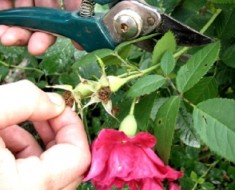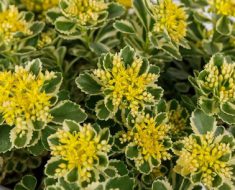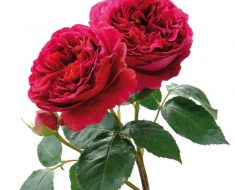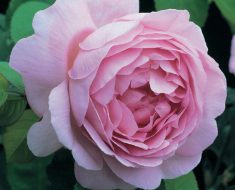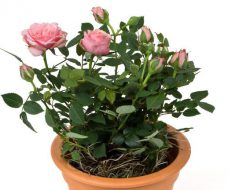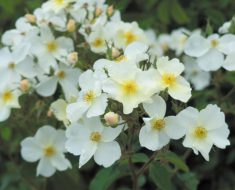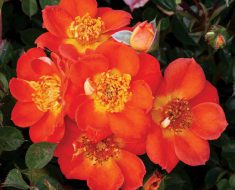The English rose THE WEDGWOOD ROSE is an extremely vigorous shrub with fragrant large flowers in the style of Old Roses. Notes of clove are clearly felt in the fruity aroma. THE WEDGWOOD ROSE was named after a pottery company that has existed since 1759 and in 2009 it celebrated its 250th anniversary. Next are the characteristics that the plant will show in the second, third, or even fourth year after planting with proper care.
CHARACTERISTICS OF THE WEDGWOOD ROSE
- Group – English Roses
- Subgroup – English musk hybrids
- Main form – climbing
- Height – more than 3 m
- Diameter – from 80 cm
- Bush shape – whips of this variety form vertically along the support
- Flower color – soft pink
- Number of petals – 70
- Flower shape – cupped
- Flower size – 9 cm
- Blossom shape – clusters
- Blossom type – repetitive
- Aroma – medium saturation
- Foliage – green, leathery, shiny, large, medium density
- Shoots – long, flexible, more thin, but strong
- Features – shows itself brighter in a sunny area; does not like rain and prolonged low temperatures; rarely gets sick; with strong pruning it can be grown as a bush
- Resistance to powdery mildew – high
- Resistance to black spot – high
- Cold hardiness – 5 – 11 USDA zones
- Breeder – D. Austin
- Catalog name – Ausjosiah
- Year of introduction – 2009
- Soil – chalky, clayey, loam, sandy
- pH – there may be slight fluctuations from neutral
- Drainage – required
- Site – sunny/partial shade
- Container – yes (from 80 l)
- Standard – yes, but only high
- Planting types – various types of supports: arches, pillars, fences, walls; in mixed plantings and as separate shrubs, hedges
Care for the climbing rose THE WEDGWOOD ROSE as follows:
- Planting for roses is the most important and initial step in caring for them. THE WEDGWOOD ROSE prefers sunny areas with good drainage. It grows on almost all types of soil. The soil must be loose in order to allow sufficient water and air to pass to the root system.
- Watering. THE WEDGWOOD ROSE is watered as needed. It can be from 15 liters of water per 1 adult bush, on average, 2-3 times a week. In dry times, watering is increased. Watering is usually more frequent if the plant grows in container. In both cases, it all depends on the weather conditions.
- Fertilizing is carried out at least 2 – 3 times during the growing season. It can be both mineral fertilizers and organic. Roses are also given mineral complexes that are introduced by spraying. For roses growing in pots, feeding is increased, but the doses are smaller.
- The pruning of a rose depends on the group to which it belongs. Pruning is done twice: in the summer, faded parts are constantly cut off to stimulate the appearance of new flowers, and in the fall, winter or early spring, pruning is carried out to form the plant and prevent diseases or pests hiding under the bark of the plant. Potted roses are also pruned.
- Loosening and weeding the soil around the rose bush is needed to circulate air, moisture and nutrients for the root system. To minimize your labor costs, use mulching. This farming technique will help reduce weeds and keep the soil moist longer. This also applies to container roses.
- Shelter for the winter is especially needed if the subzero temperatures are very low or the winter is characterized by frequent long thaws, which are suddenly replaced by minus. Roses growing in pots must be covered.
Enjoy your cultivation!

